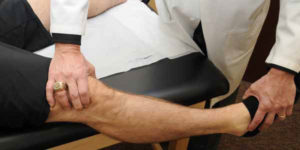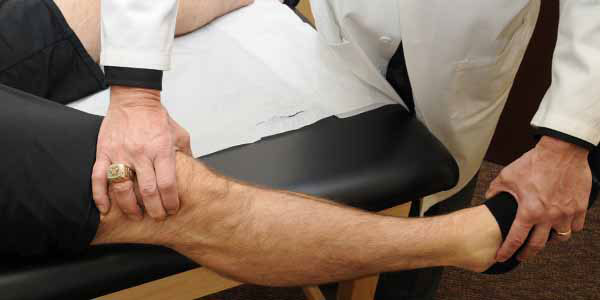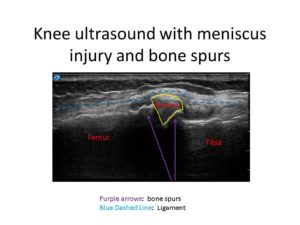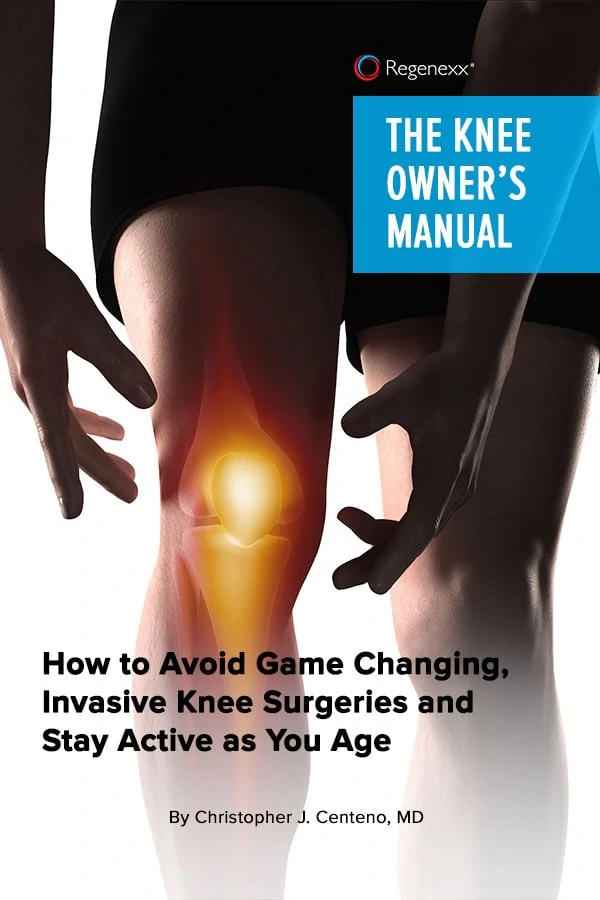At the Centeno-Schultz Clinic, we utilize the SANS approach when evaluating patients, which prefaces the use of dynamic ultrasound for knee stability. SANS has four key components:
- Stability
- Articulation
- Neuromuscular
- Symmetry
In a previous blog, I outlined the importance of stability. If a joint is unstable, it is at risk for injury since the cartilage surfaces collide with one another in an asymmetric manner. An unstable joint is also at risk for wearing out prematurely due to excessive wear and tear.
How does one determine knee stability?
On physical examination different forces are methodically placed on a joint to determine stability. This is referred to as varus and valgus stress testing. During the examination make sure that your physician checks both the right and left joint regardless of whether your pain is only on one side.

Dynamic ultrasound is the next step in the evaluation of joint stability and is performed on every patient at the Centeno-Schultz Clinic. This is key as it can demonstrate microinstability not perceived on physical examination. Ultrasound allows us to see the bones, ligaments, tendons, muscles, nerves, and vascular structures. Dynamic ultrasound is when varus and valgus stress is applied to determine the stability of a joint.
Below is a static ultrasound image of a normal knee (click on the image to view larger):
Compare this to an ultrasound image of an abnormal knee with injury to meniscus, bone spurs, and bowing of ligament:
In the video below (at 1:54), dynamic stress is applied to the joint during an ultrasound evaluation. Note how the joint opens and the triangular meniscus is sucked into the joint when stress is applied.
This is critical as it determines the stability of the joint. It also demonstrates how the meniscus in an unstable joint is at risk for injury. With every step the meniscus is drawn into the joint and compressed by the thigh and shin bone. With 10,000 steps per day, it is no wonder that the meniscus becomes frayed or torn.
At the Centeno-Schultz Clinic, stability is key and explains why we utilize ultrasound in the evaluation of a given joint. If your physician does not perform an ultrasound during your evaluation or evaluate both sides of a given joint, go elsewhere. Ultrasound is just one of the components that comprise the Centeno-Schultz difference.



